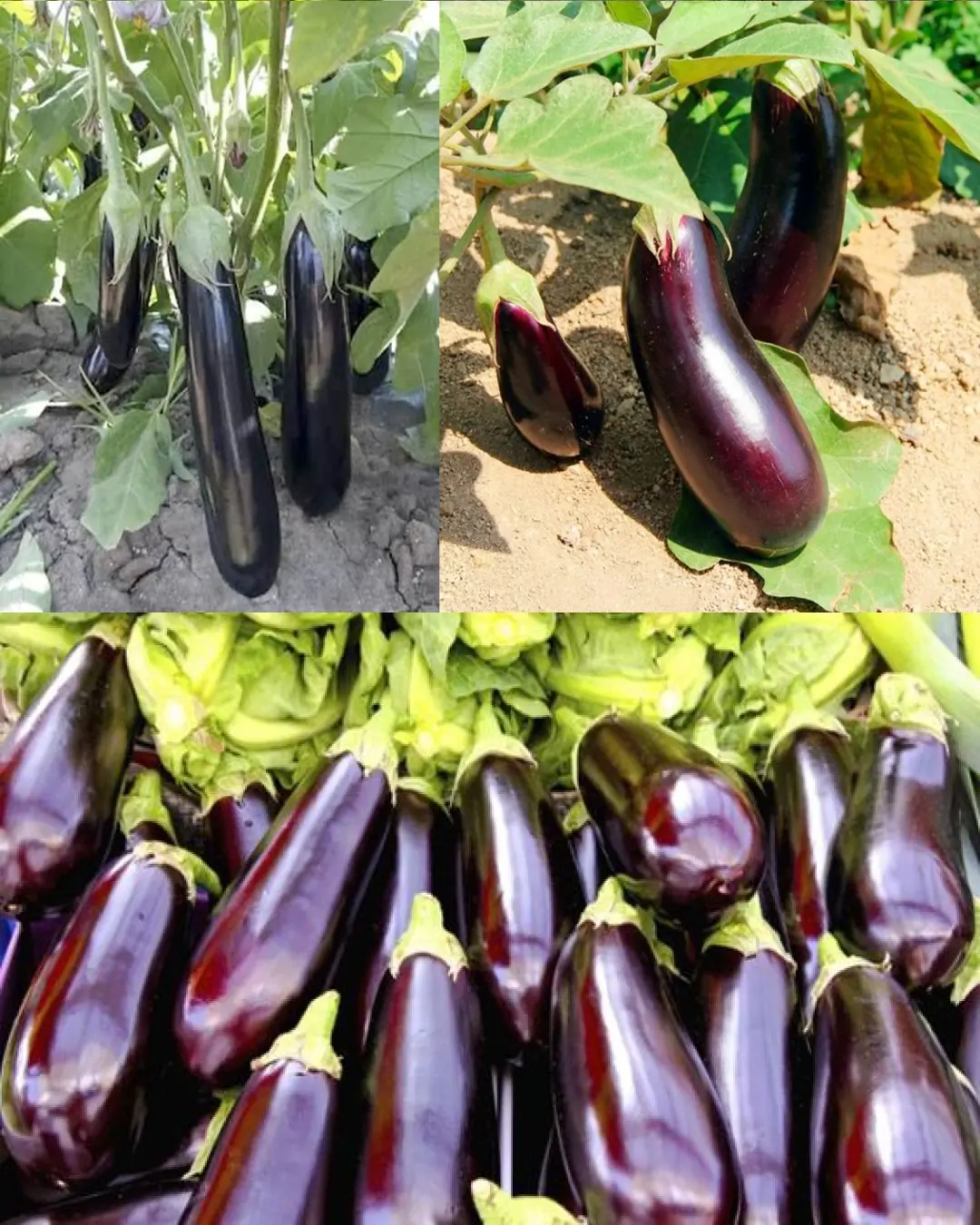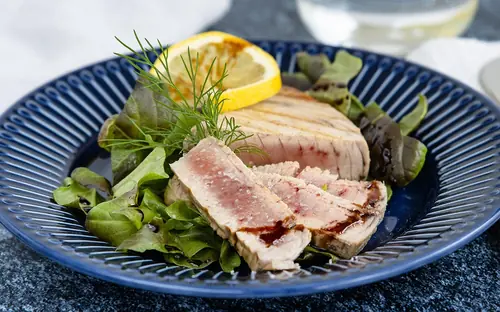
Not everyone knows about this leaf

Perilla, known scientifically as Perilla frutescens, holds a special place in traditional Eastern medicine. Although it is a common herb widely used in various Asian cuisines, its medicinal properties have been celebrated for centuries. The legendary Chinese physician Hua Tuo, regarded as one of the founders of surgery and herbal medicine, was among the first to recognize the therapeutic value of perilla. Today, perilla continues to be valued not only as a flavorful ingredient but also as a powerful natural remedy.
Botanical Description of Perilla
Perilla is a member of the mint family (Lamiaceae), sharing similarities with other aromatic herbs such as basil and mint. It is sometimes called "Tử tô" or "Tử tô ngạnh" in Vietnamese, reflecting its cultural importance in the region.
This herbaceous plant typically grows between 0.5 to 1 meter in height. It features opposite leaves with serrated edges that are distinctive in appearance: the underside of the leaves is often purple, while the upper surface may range from green to purple or brown. The leaves are covered with fine hairs that give them a slightly rough texture. Among the different varieties, the one with curled leaf edges is particularly prized for medicinal and culinary uses due to its enhanced flavor and potency.
Perilla produces small flowers arranged in long clusters at the tips of branches. These flowers can be white or purple and possess four stamens that remain inside the flower, a characteristic feature of the species. After flowering, perilla forms spherical fruits called achenes.
The entire plant is rich in aromatic essential oils, which contribute to its distinctive scent and numerous health benefits.
Traditional Medicinal Uses of Perilla
Perilla has been used extensively in traditional Chinese, Korean, and Vietnamese medicine to treat a variety of ailments. Below are some of the key therapeutic properties and uses of perilla:
1. Detoxification After Eating Crab or Fish
In many Asian cultures, consuming raw or improperly cooked seafood like crab or fish can sometimes lead to mild poisoning or discomfort. Perilla is traditionally used as a natural detoxifier. It is believed to help neutralize toxins ingested with seafood, alleviating symptoms such as nausea, stomach pain, and diarrhea. A tea brewed from perilla leaves or a simple perilla soup is often recommended after seafood meals to aid digestion and cleanse the body.
2. Treatment for Allergies from Seafood or Cold Exposure
Perilla possesses anti-inflammatory and antihistamine properties, making it effective in treating allergic reactions, especially those caused by seafood or sudden exposure to cold weather. In traditional medicine, perilla extracts or herbal formulations containing perilla are used to relieve symptoms such as sneezing, runny nose, skin rashes, and swelling. Its ability to modulate immune responses helps reduce the severity of allergic reactions.
3. Relief from Cold and Respiratory Symptoms
Perilla is commonly used to alleviate symptoms of colds, flu, and respiratory ailments. The aromatic oils in the leaves have expectorant properties that help clear mucus from the airways. Drinking perilla leaf tea or inhaling steam infused with perilla oil can ease coughs, sore throats, and nasal congestion. Additionally, perilla is believed to have mild warming effects that help restore body balance during chills or cold conditions.
4. Support for Digestive Health
Digestive discomfort such as bloating, indigestion, and stomach cramps are traditional indications for perilla use. The herb stimulates digestive enzymes, promotes the smooth movement of food through the gastrointestinal tract, and reduces inflammation in the gut lining. Perilla is often consumed as a herbal tea or incorporated into meals to support overall digestive wellness.
Additional Benefits and Modern Research
Recent scientific studies have started to validate many of the traditional uses of perilla. Research shows that perilla contains compounds with antioxidant, antimicrobial, and anti-inflammatory activities. These compounds may help protect cells from oxidative damage, fight harmful bacteria, and reduce chronic inflammation linked to various diseases.
Furthermore, perilla seeds are rich in omega-3 fatty acids, which contribute to cardiovascular health, reduce blood pressure, and support brain function.
How to Use Perilla in Daily Life
Perilla can be easily incorporated into your diet and wellness routine:
-
Fresh Leaves: Used as a flavorful addition in salads, soups, and wraps.
-
Perilla Tea: Brew dried or fresh leaves for a soothing herbal drink.
-
Perilla Oil: Extracted from seeds and used in cooking or as a supplement.
-
Herbal Remedies: Perilla leaves and seeds are common ingredients in traditional medicine formulas.
Precautions and Considerations
While perilla is generally safe for most people, it’s important to:
-
Avoid excessive consumption if you have known allergies to mint family plants.
-
Consult a healthcare provider before using perilla supplements or extracts, especially if pregnant, breastfeeding, or on medication.
Conclusion
Perilla is much more than a common kitchen herb - it is a renowned medicinal plant with a rich history and multiple health benefits. From detoxifying after seafood meals to alleviating allergies and boosting digestion, perilla offers natural support for overall well-being. By understanding its properties and using it wisely, you can unlock the full potential of this extraordinary plant in your daily life.
News in the same category

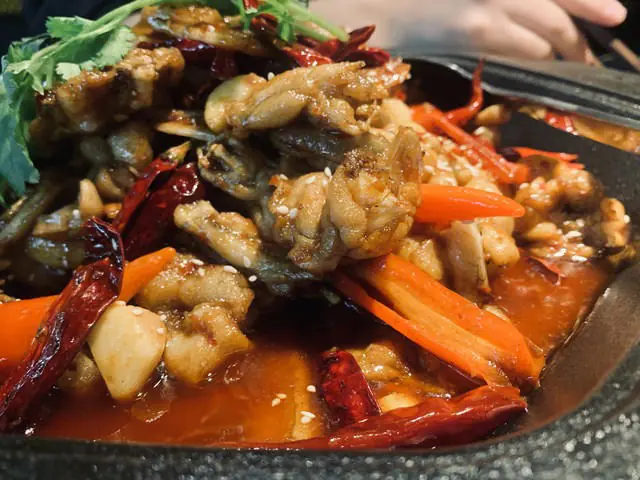
3 types of meat are "nests of parasites" if cleaned carelessly, many people still rush to eat them without knowing

Suffering from a prolonged choking sensation, thought to be a stomach problem, the woman accidentally discovered that her thyroid gland had CAN.CER

Persistent Throat Tightness Mistaken for Gastric Issues—Woman Discovers Thyroid Can.cer by Accident
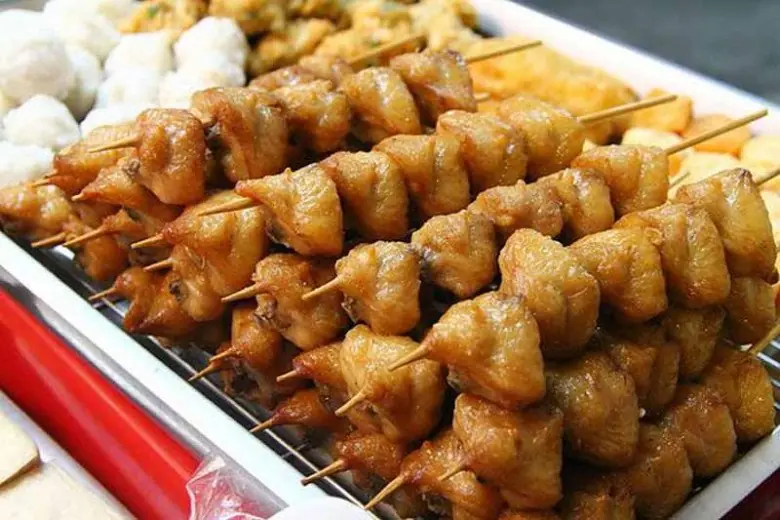
4 parts of chicken you should not eat

Drinking coffee at the wrong time can ha.rm your heart
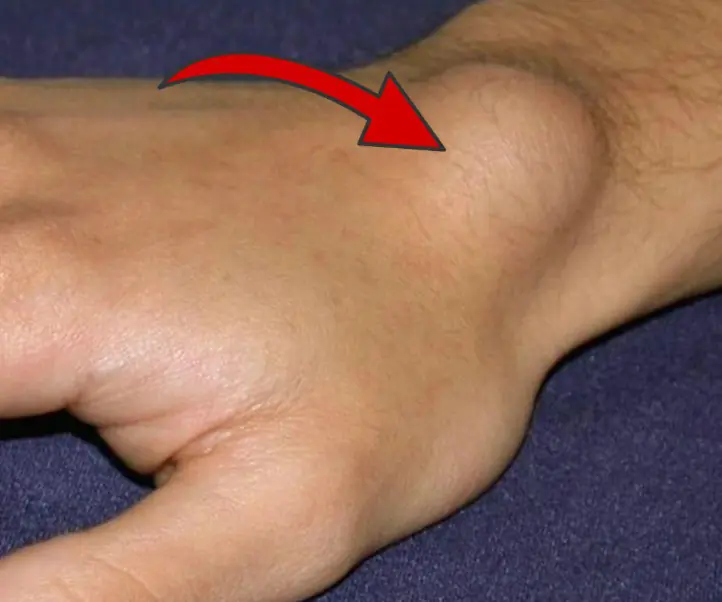
6 wa.rning signs your bo.dy might be “nurturing” can.cer
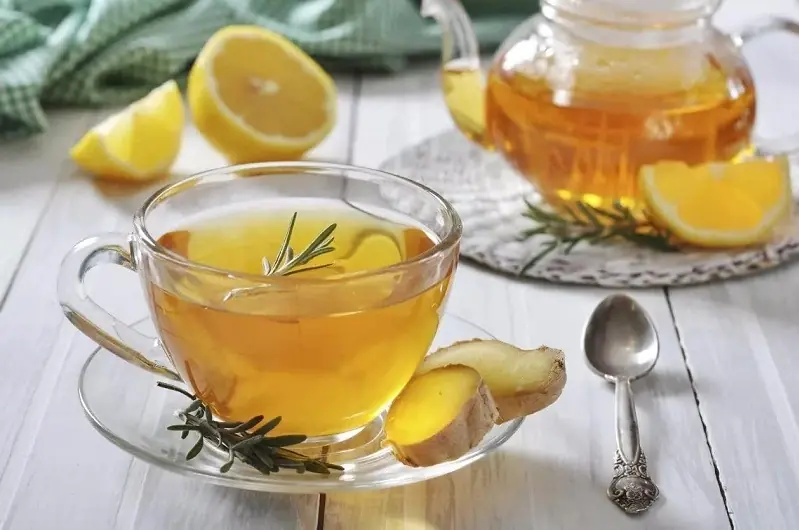
5 effective liver de.tox drinks to have before bed

3 Fruits That May Harbor Parasites – Eat with Caution to Avoid Illness
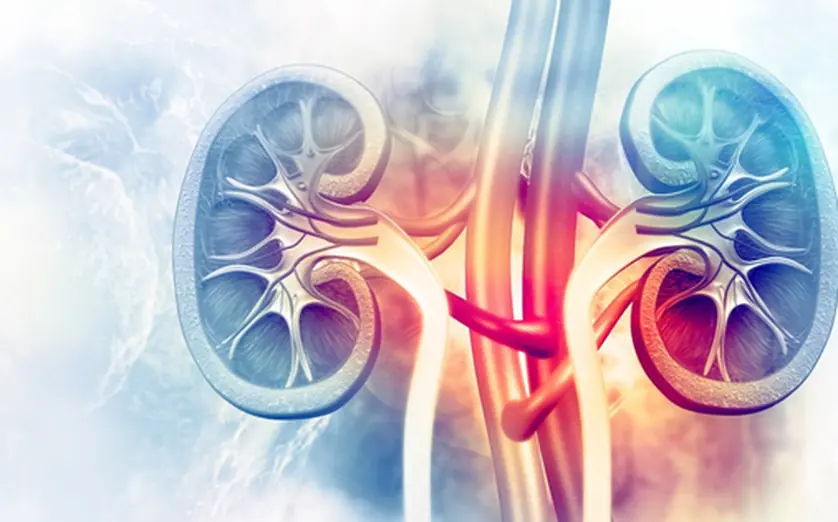
Waking up in the morning and seeing this symptom, be careful your kidneys are starting to fail

People with liver failure often have 3 characteristics on their hands, if you have 1 you should see a doctor soon

Man with heavy metal poisoning, kidney failure: The "culprit" is something unexpected

The man did not drink alcohol but di,ed of liver failure, the doctor sighed: Eating these 4 dishes every day will ruin even a "steel liver"!
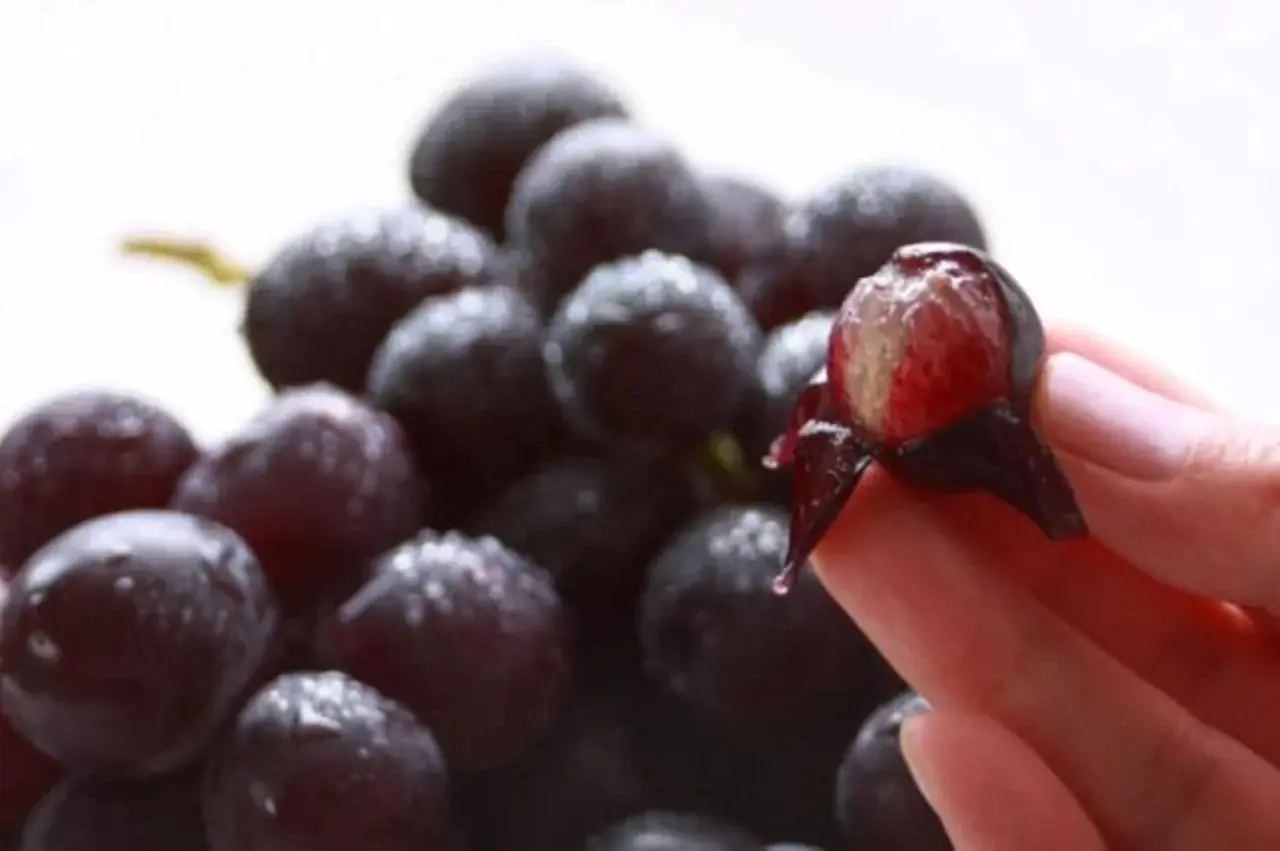
3 Cooling Foods for Summer That Help You Relax and Sleep Better

A Man Who Never Drank Alc.ohol Di.ed of Li.ver Failure — Doctor Sighs: "Even an Iron Li.ver Would Fail if You Eat These 4 Foods Daily!"

7 wa.rning signs you should stop drinking coffee immediately
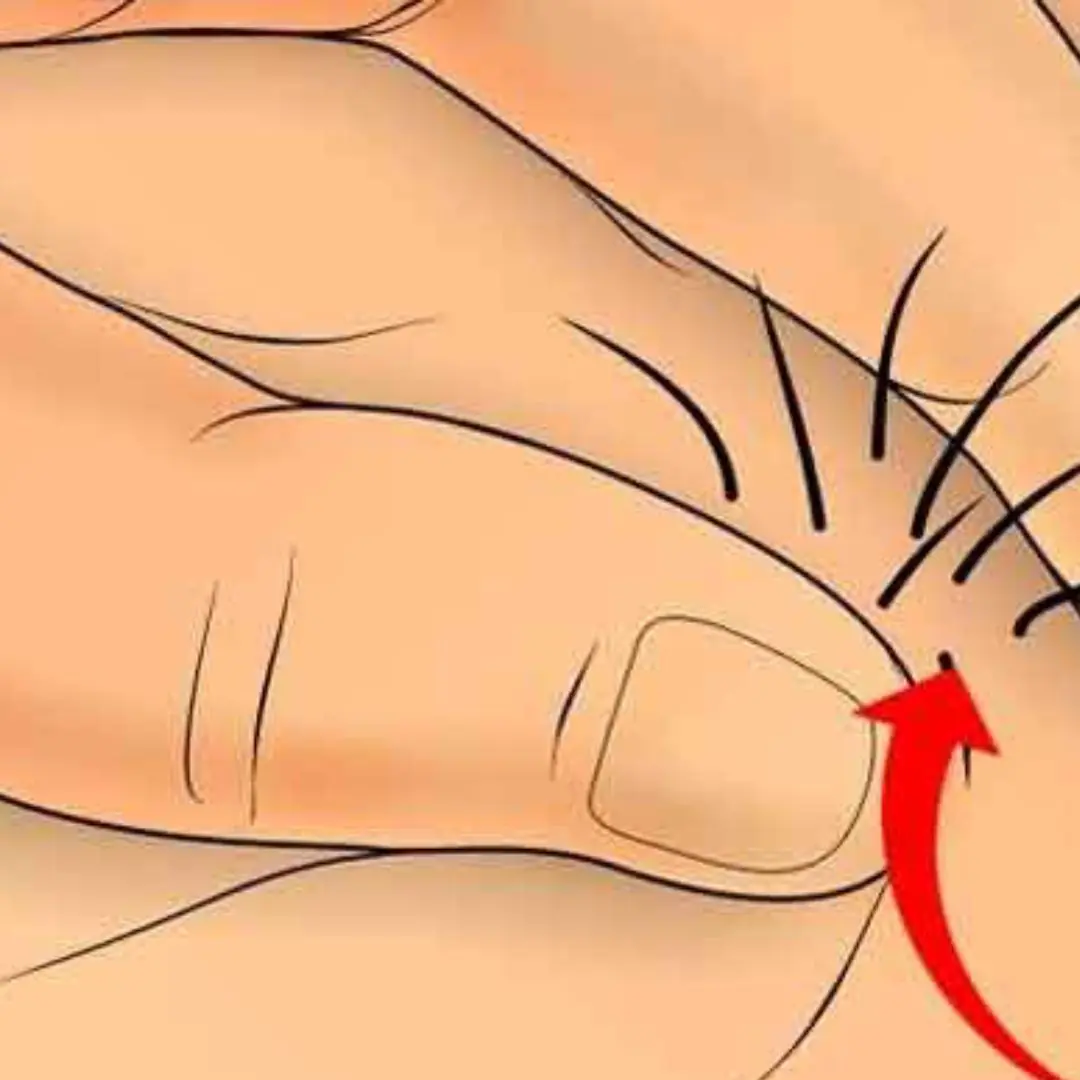
Is it okay to have hair growing in the a.n.us? Experts explain.
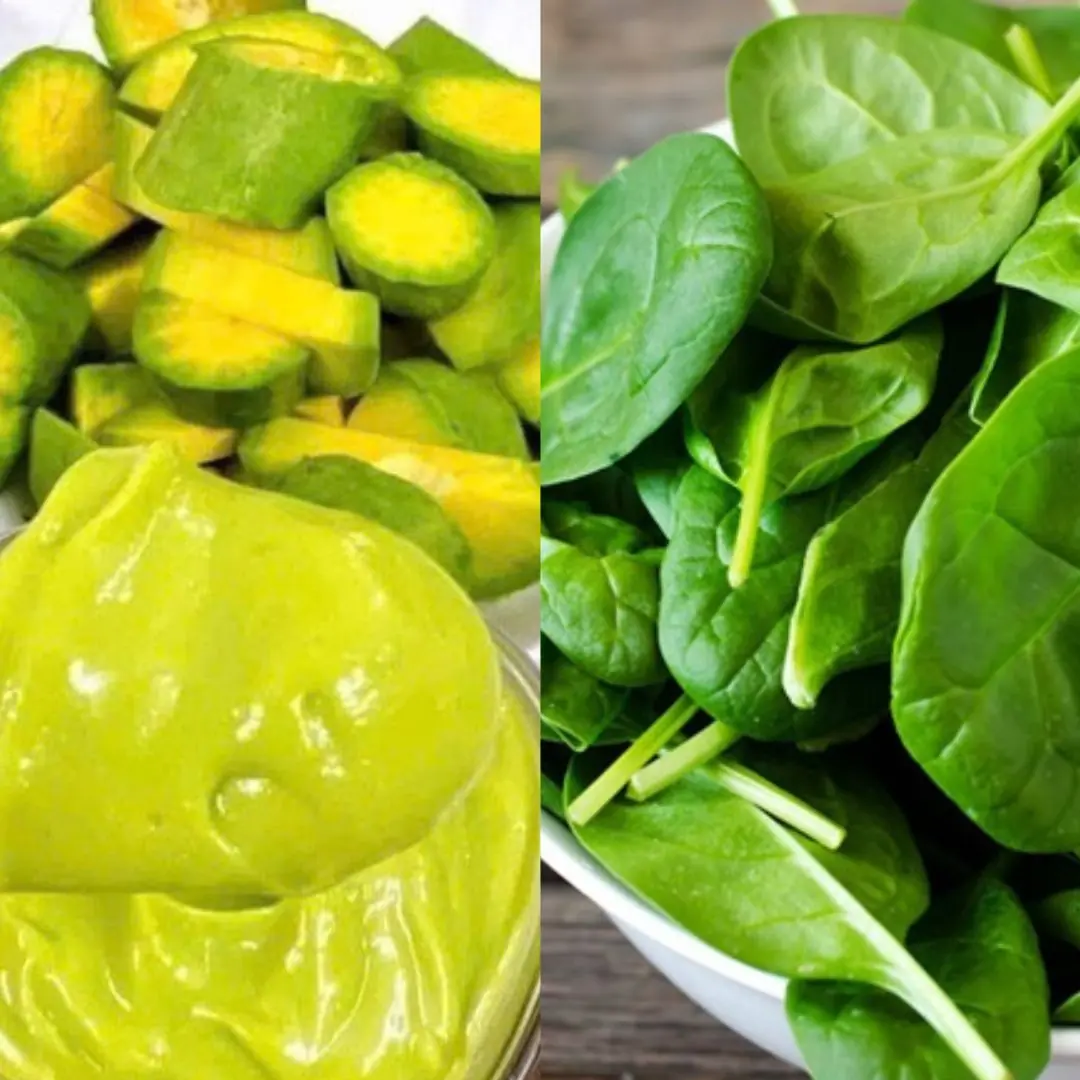
5 food and drink combinations that are good for both the liver and kidneys
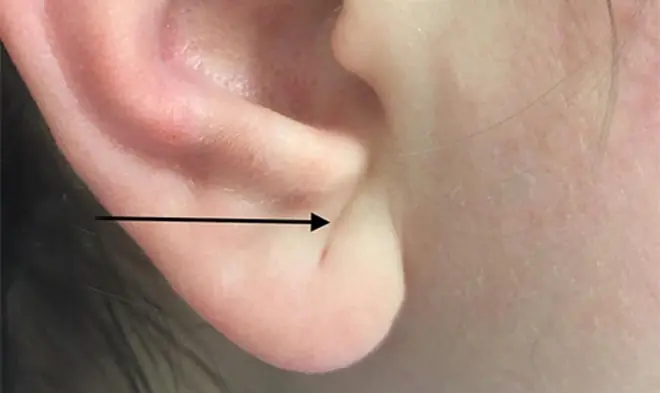
3 abnormalities that everyone thinks are skin problems but are actually trying to expose heart disease
News Post
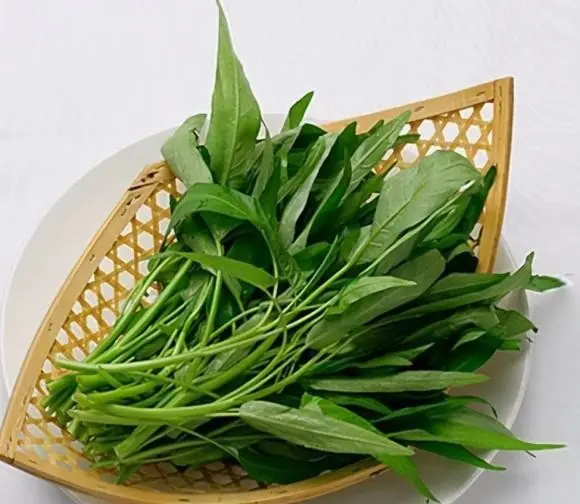
"5 no's" when eating water spinach, know to avoid or you will bring disaster

Study of 900 COVID-19 patients finds: Vitamin helps restore physical strength faster

3 types of meat are "nests of parasites" if cleaned carelessly, many people still rush to eat them without knowing

A familiar type of water contains 240,000 microplastic particles: It will increase 2-4 times if you do this

Suffering from a prolonged choking sensation, thought to be a stomach problem, the woman accidentally discovered that her thyroid gland had CAN.CER

Why shouldn't I set the air conditioner to 26 degrees? Luckily, thanks to the reminder from the air conditioner technician, it turns out I've been making this mistake for decades

5 "Negative Energy" Plants to Avoid Planting in Front of Your House: They May Bring Poverty for Generations

Persistent Throat Tightness Mistaken for Gastric Issues—Woman Discovers Thyroid Can.cer by Accident

Why You Shouldn’t Set Your Air Conditioner to 26°C — A Mistake I Made for Decades Until an AC Technician Pointed It Out
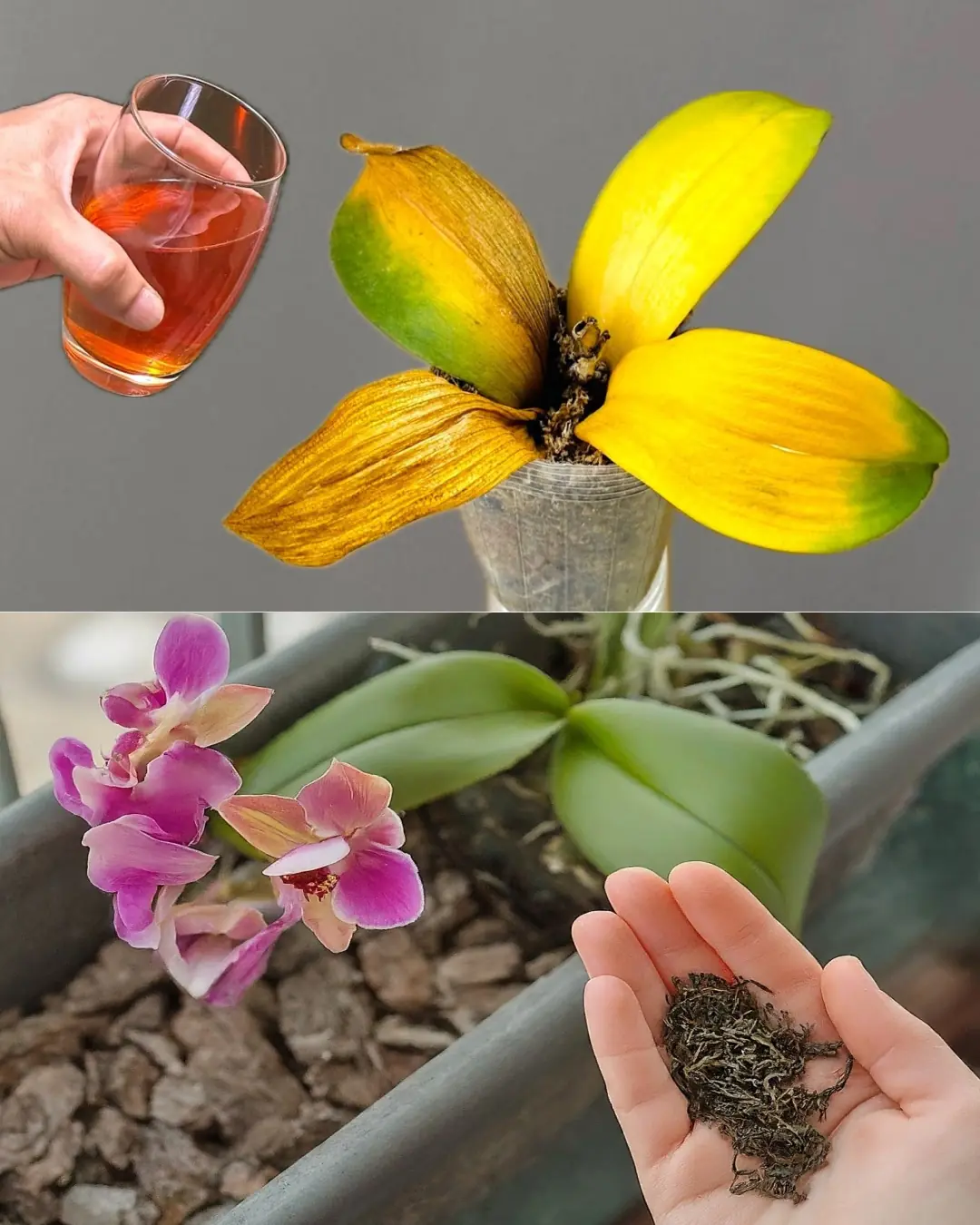
Bring Orchids Back to Life with Tea – Simple Tips That Work Wonders

The startling reality behind the $3,000 I receive each month

Guide to Cultivating Chillies: Locations, Timing, and Detailed Step-by-Step Process

4 parts of chicken you should not eat

Tips to smooth clothes without an iron
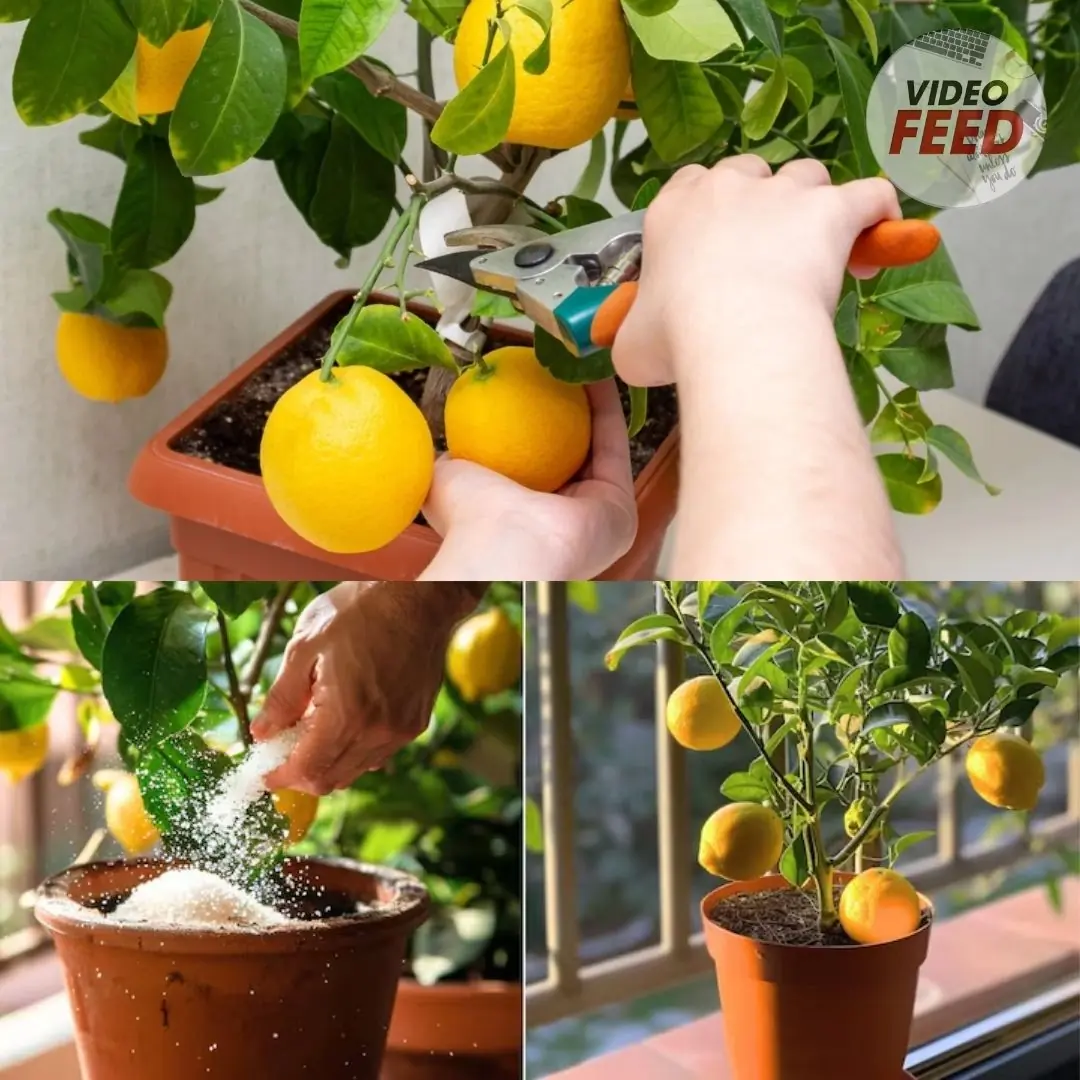
How to Grow a Lemon Tree From Seed Indoors or Outside, According to Horticulturists
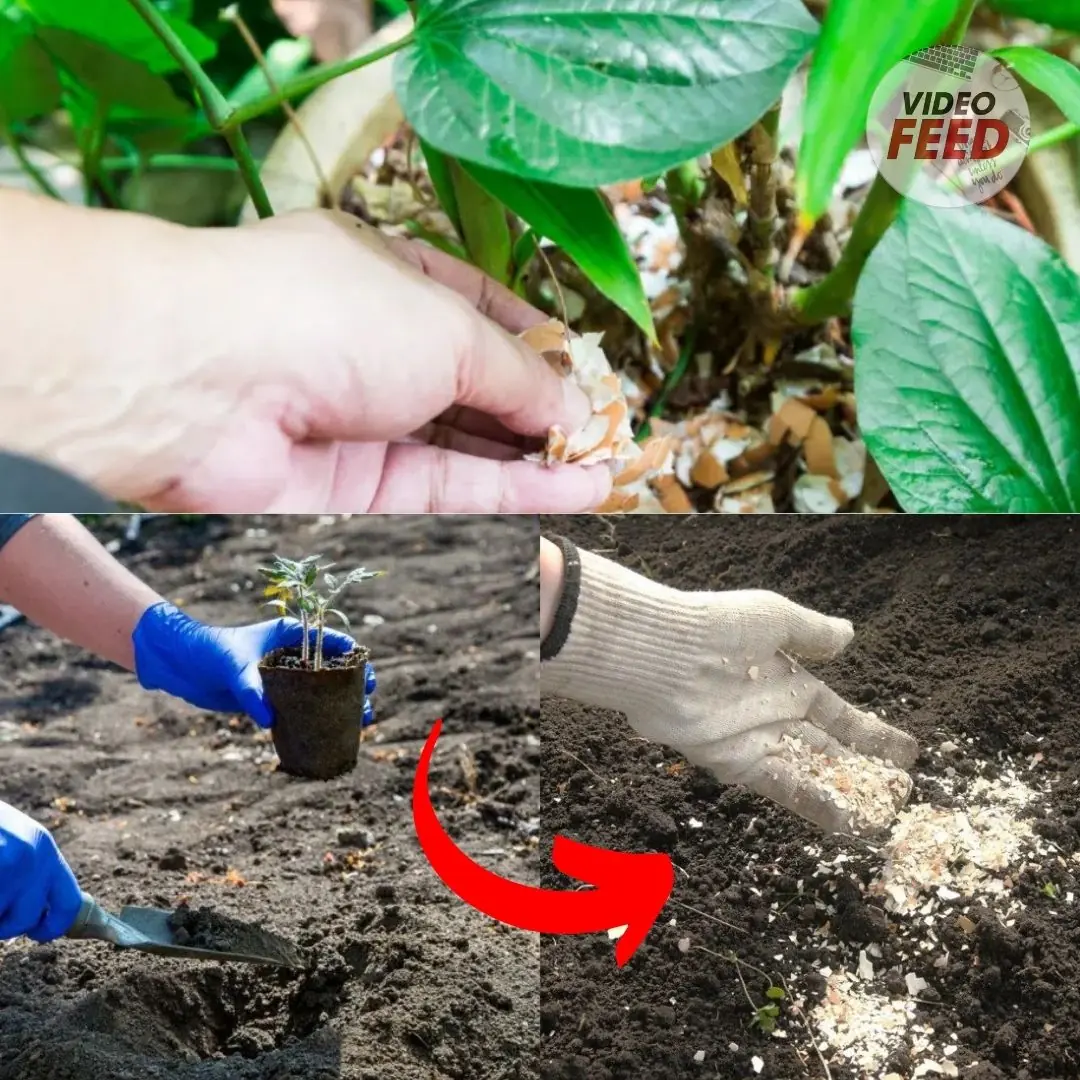
7 Brilliant Uses For Eggshells In Your Garden

Drinking coffee at the wrong time can ha.rm your heart

Tips to save money with toilet paper rolls
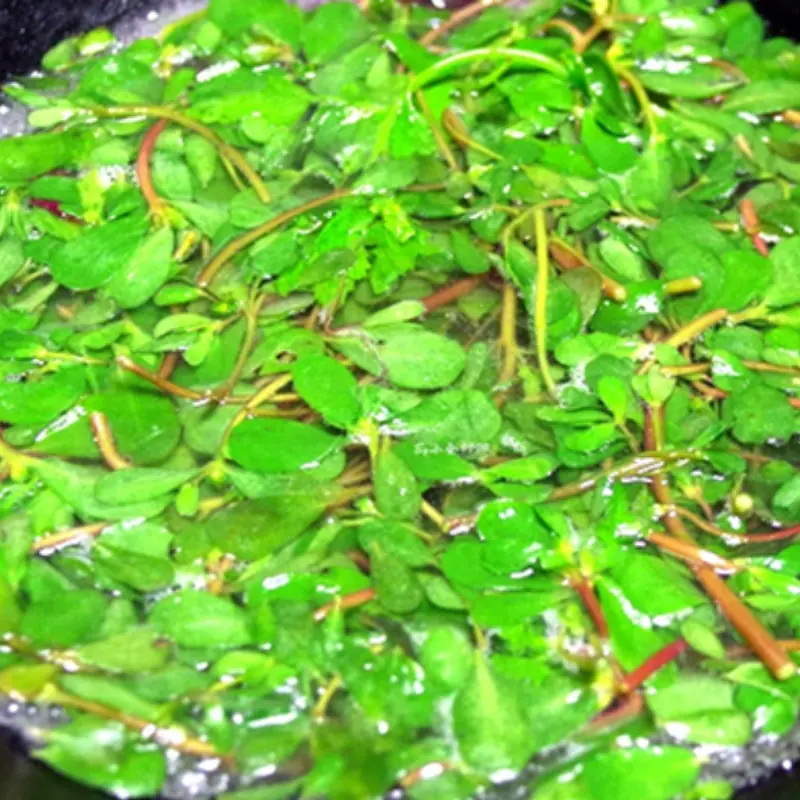
Two Types of Vegetables That Are Unlikely to "Absorb" Pesticides — The Top One Is Surprisingly Unknown to Many
